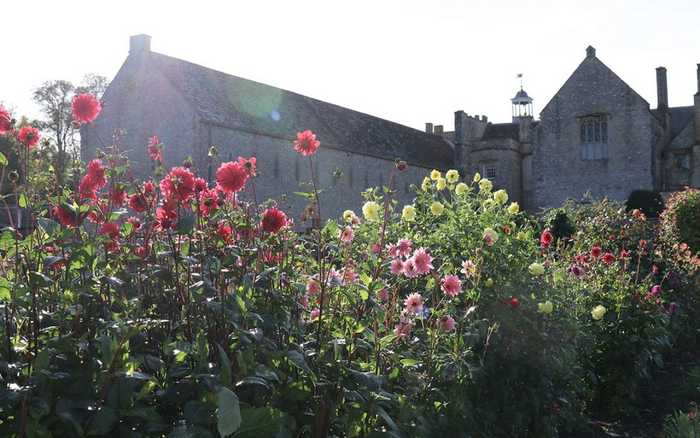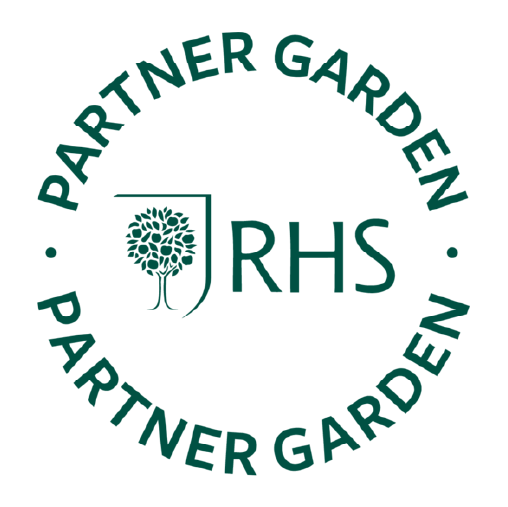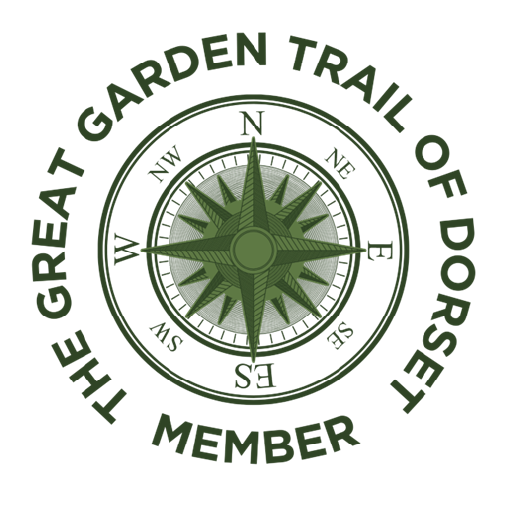My Favourite Garden By Isabel Bannerman

We first went to Forde Abbey with our guru and garden mentor David Vicary in the mid 1980s. We lived in a ‘rescue home’, a dilapidated but glorious Baroque mansion, between a roundabout and a Brookside housing development, called The Ivy in Chippenham. Forde was on the list of formal canal gardens that might provide inspiration, and it further appealed as a stately home carved out of a former Cistercian monastery.
I vividly remember the entry through a small door into the walled garden behind the house to find, in the moment of revelation, a combination of The Secret Garden, Gormenghast and Northanger Abbey. The northfacing back of Forde Abbey is medieval, almost fortified, with towering walls and forbidding small windows, but long girdled about with a massively productive kitchen garden. The south front, on the other hand, is a glorious concoction made from filigree Gothic trefoils, marcasite leaded lights and crazy 18th-century octagonal ‘Gothick’ sash windows. A richly delicious façade is seemingly made of digestive biscuits. Inside and out, all the paint is dry and flaky – just how we like it – and the crowning glory is the long, high-lit Orangery, created from the former cloister, filled with Clivia and Sparrmannia in pots, green and gold. Indeed, we used this as inspiration for a garden in a ruined abbey at Euridge Manor in Gloucestershire.
Sir Francis Gwyn created the beginnings of the modern garden during the early 18th-century, using the monks’ stew ponds fed by the River Axe to create a formal canal garden directly in front of the house, incorporating a cascade, great yews, and avenues of lime trees leading the eye away to views and vistas. Exactly what we craved for our 1720 house stranded on Chippenham’s one-way system island. But the garden at Forde Abbey went on developing – ponds, bog gardens and an arboretum, the Great Pond behind this now with a 169-foot single-jet fountain that shoots out from the lake to commemorate the Roper family’s century at the estate. Returning years later, the magic had somehow remained intact, the house was blissfully unchanged, but the garden had gone up many notches, due to the arrival of Joshua Sparkes, who came from Sissinghurst. (Forde’s Instagram account proves beyond doubt that there are year-round treats at Forde.) Early in the year, blizzards of snowdrops; drifts of crocus, Narcissus under magnolias, glass houses with peach blossom; a tulip and wildflower spiral in grass; a riot of vegetables and sweet peas followed by dahlias scrambled with pumpkins.
All this makes it feel like a garden that is alive and loved by the Kennards, descendants of the Roper family. It has pleasingly ragged edges and masses of charm, which is increasingly rare, rather than feeling over-managed and exploited. This is why, now we have the pleasure of living quite near, we go frequently to find the gardeners have been experimenting and are growing surprising things – always an inspiration.
Posted on March 24th 2021




